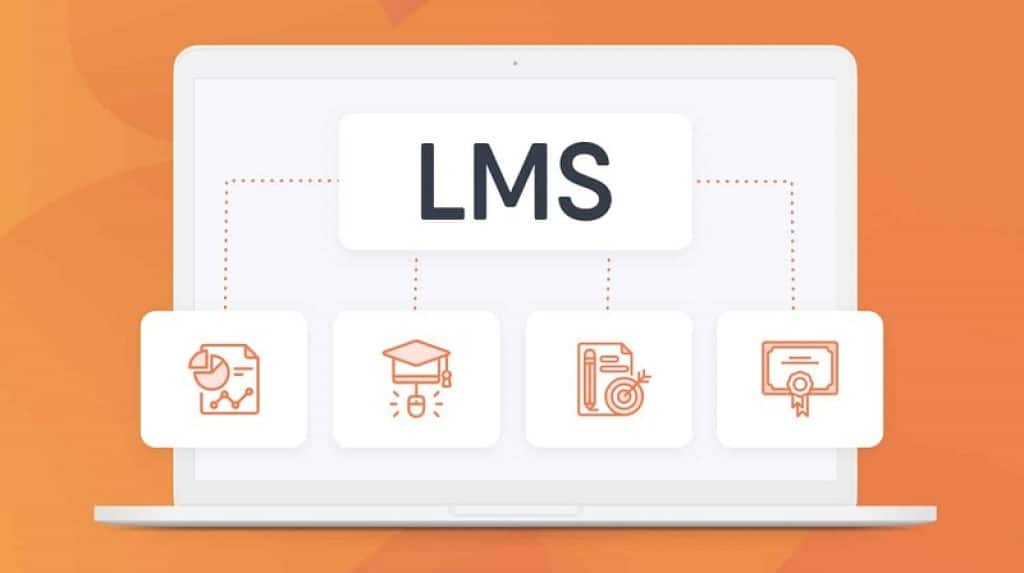
The cost of a learning management system, like many other corporate products, is not as straightforward as purchasers may believe.
When evaluating the numerous elements that influence LMS price, such as total cost of ownership or how a company intends to utilise a learning management system, wise decision-makers will be most interested in discovering what value a solution provides to their organization—and what the ROI will be.
To ensure that your L&D team has the resources it needs to teach your employees while remaining compliant, HR management must be aware of the potential costs of an LMS as well as the value it delivers to the business.
Factors that affect LMS Pricing

Prior to investigating suppliers to meet your organization's training and development objectives, it's critical to understand which factors will influence the total cost of LMS ownership:
Pricing Model
The majority of LMS providers will charge per learner/per year. There are, however, suppliers who charge per learner/per month or even per learner/per usage. It is critical to consider your organization's growth factor while developing subscription models.
Cost of Implementation
When evaluating LMS providers, an L&D professional may not always consider budgeting for training, client assistance, data transfer, configuration, and/or extra support and services. However, all of these are important to the success of LMS adoption, both by administrators and learners. While some suppliers provide in-house customer training and assistance, others outsource to third parties, incurring additional fees.
Integrations and Add-Ons
To select the best option, there must be a use case for add-ons and integrations that describes how these additions would improve future learning requirements. Rather than focusing on the here and now, executives must be able to see how an LMS can aid in the evolution of the organization's L&D objectives.
Different LMS Pricing Modules

Pay per Learner
You will pay a set fee for a specific number of students. The number of students is constant. Employees of the company need a bit of training to deliver efficient outputs. For example, TalentLMS (which also offers per-active-user price) starts at $59/month and JoomlaLMS starts at $799/year.
Free
You will not be charged anything for access. However, you will need to pay for setup, customization, and upkeep, which can be costly. You want to stay vendor-agnostic. You desire features that are highly customised. You'll need a large number of users to make this a success.IT specialists are available to customise and manage the system. Moodle is a free platform. Forma LMS is free, as is Docebo pricing.
Fee for License/Subscription
A fixed fee will be charged for a periodic licencing. The pricing is generally graded based on the features that are provided. If you are certain about the characteristics you require, then, you may try Teachable, which starts at $348 per year or Easy LMS — starting at $499 per year.
Pay per Active User
Users who used the LMS within a billing period will be charged.
You must add temporary users or provide one-time training. Litmos costs $450 per month, whereas LearnUpon costs $829 per month.
These LMS pricing plans may appear to be a befuddling mix of the number of users, courses, and features. Thus, you should determine the best strategy for your needs before investing in an LMS.
Conclusion
Finding the appropriate price-value ratio may make or break any digital learning initiative. We've attempted to describe the most common LMS price models, however you may discover that offers from LMSs using the same pricing model vary considerably.
We hope this article was informative and helped you better understand the pricing models. Keep these points in mind and choose the LMS that best meets your needs.










